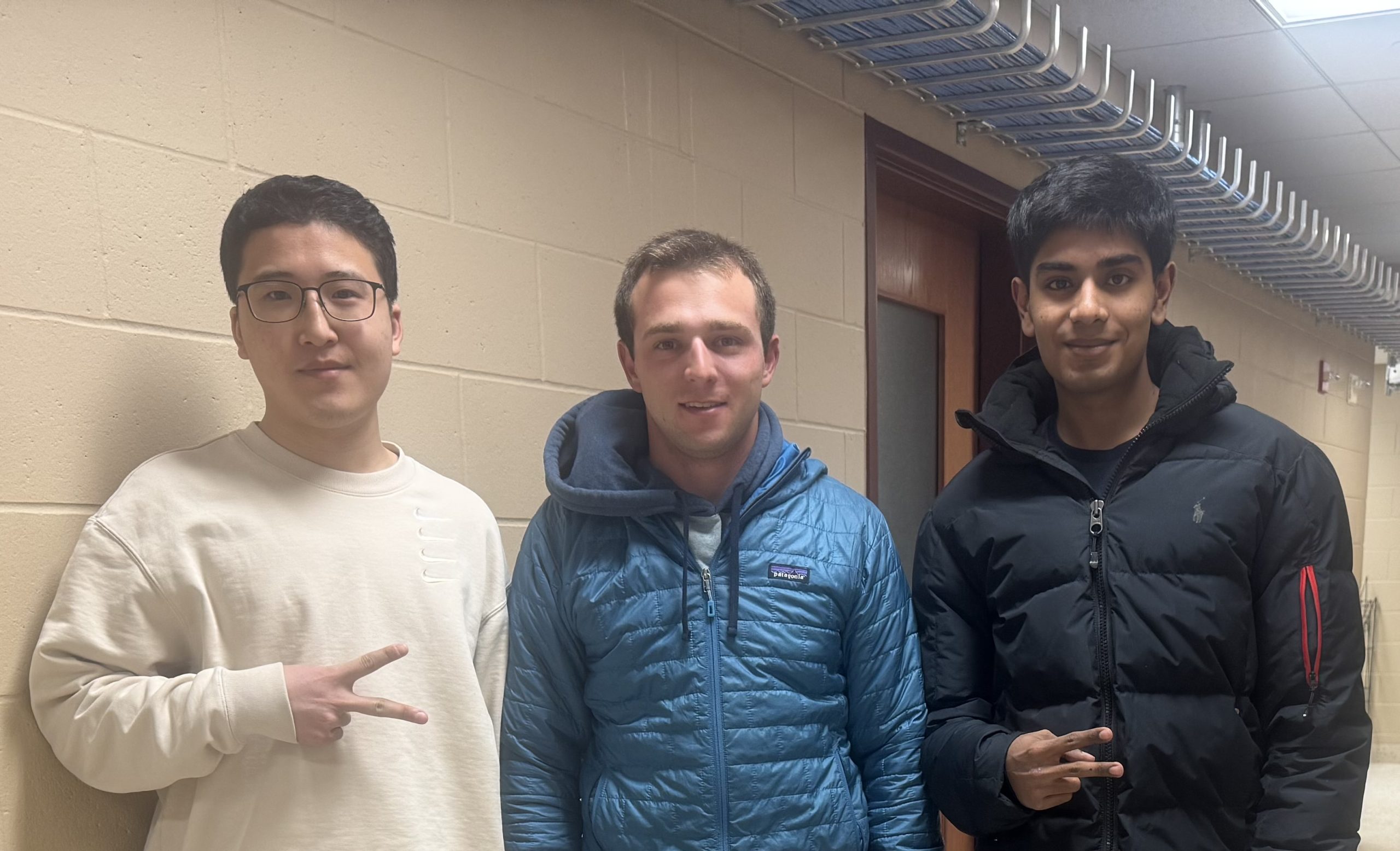 Design of a Power and Motion Controlled Single Axis Levitator Research Benchtop
Design of a Power and Motion Controlled Single Axis Levitator Research Benchtop
Problem statement
Acoustic levitation, which suspends particles in a fluid medium such as air without physical contact, has the potential to revolutionize x-ray spectroscopy, fluid dynamics, and material science by eliminating interference from container walls. As Dr. Kamlesh Suthar’s research at Argonne National Laboratory advances scientific exploration, there is a critical need for a stable, high-precision levitation system. However, maintaining stable levitation remains a significant challenge due to complex factors such as power delivery, transducer alignment, and multi-axis jitter. Current systems rely on static structural frames and complex power controls, but they lack the flexibility and precision necessary for reproducible, high-quality results. Without an effective solution, accurate levitation control remains a major barrier, limiting research progress and technological advancements. For instance, the NASA Acoustic Levitator, a high-frequency ultrasonic device, demonstrates the vast potential of containerless experimentation [1]. Used in microgravity research, pharmaceutical studies, and space-based manufacturing, it enables precise, non-contact manipulation of materials. However, past failures highlight the necessity of robust stability. During the 1985 Space Shuttle Challenger mission (STS-51B), astronaut Dr. Taylor Wang’s acoustic levitation experiments faced severe instability due to equipment malfunctions, causing disruptions in droplet dynamics studies. Only after significant repairs did the experiment yield valuable insights, underscoring the critical role of system stability in ensuring successful scientific research. Even minor instabilities in acoustic levitation can compromise experimental accuracy, demonstrating the need for improved power control, real-time feedback, and structural optimization.
To address these challenges, this project proposes the development of a next-generation levitation system with dynamic power control, automated feedback mechanisms, and optimized mechanical design. Dynamic power control will adjust ultrasonic intensity in real time, ensuring stable levitation despite environmental variations. Feedback systems, such as optical tracking and MEMS sensors, will detect and correct deviations instantly. Mechanical design improvements, including a variable offset reflector, low-expansion materials and vibration damping, will prevent misalignment and structural drift. This approach will not only enhance experimental reliability at Argonne National Laboratory but also provide a manufacturable and scalable solution for research stations at UW-Madison Engineering labs. By overcoming current limitations, this system will facilitate advancements in acoustic levitation technology, driving innovation in materials science, biomedical engineering, and aerospace research.
[1] B. Drinkwater. (2016, June. 11. Acoustic levitation in the microgravity of a spacecraft. [Online]. Available: https://brucedrinkwater.com/2016/06/11/acoustic-levitation-in-the-microgravity-of-space/
Team members
Aaryan Chaubal – facilitator
Kyle Navin – admin
Kevin Hu – accountant
Client
Kamlesh Suthar
Argonne National Laboratory